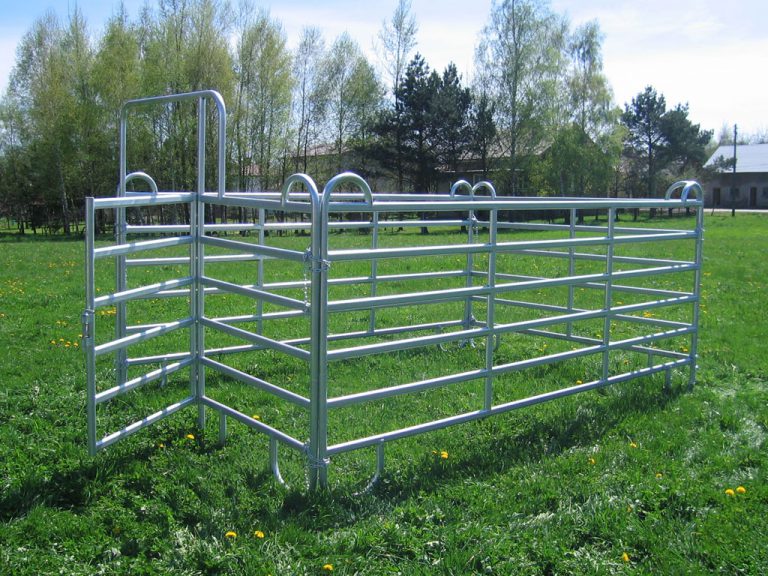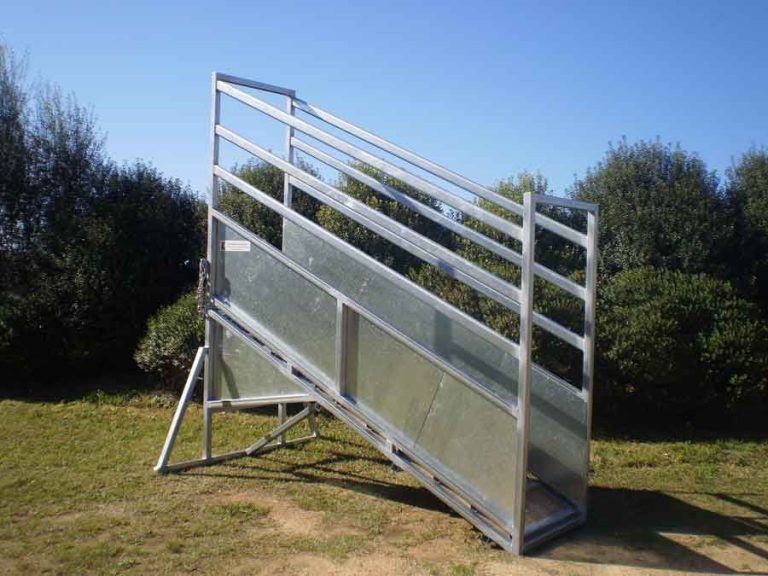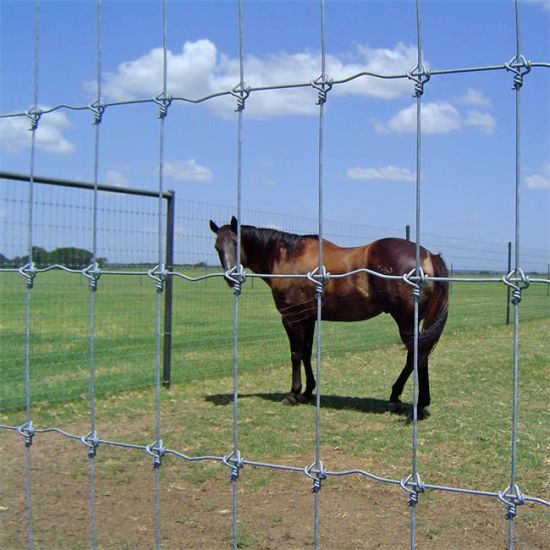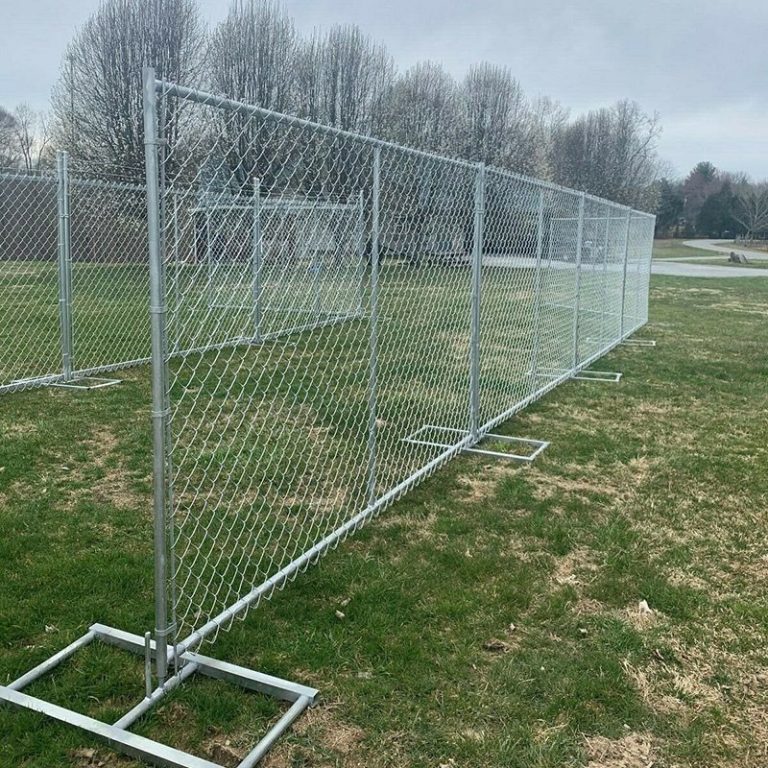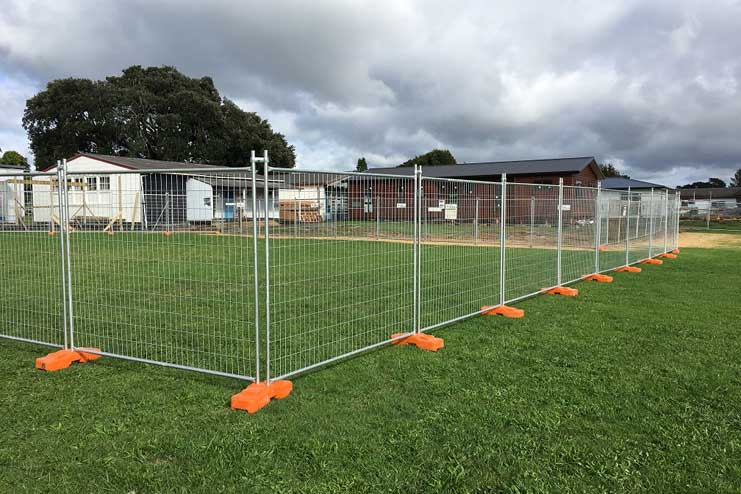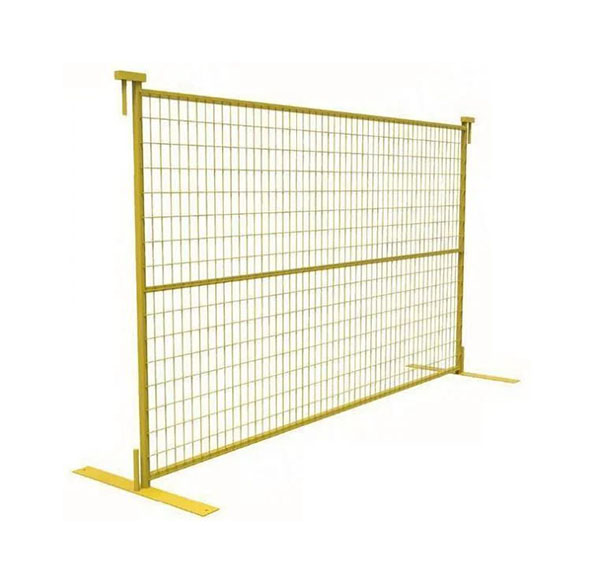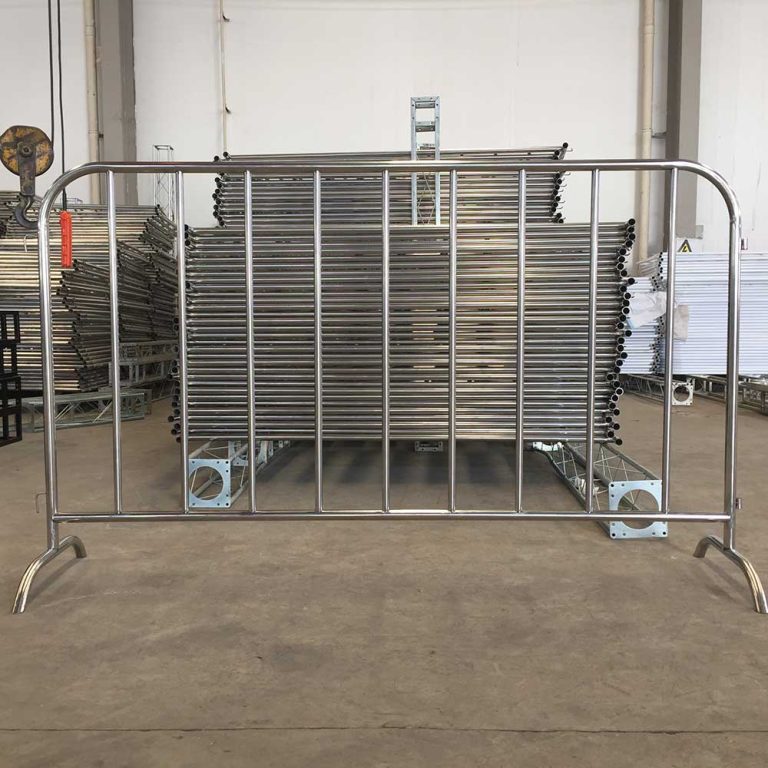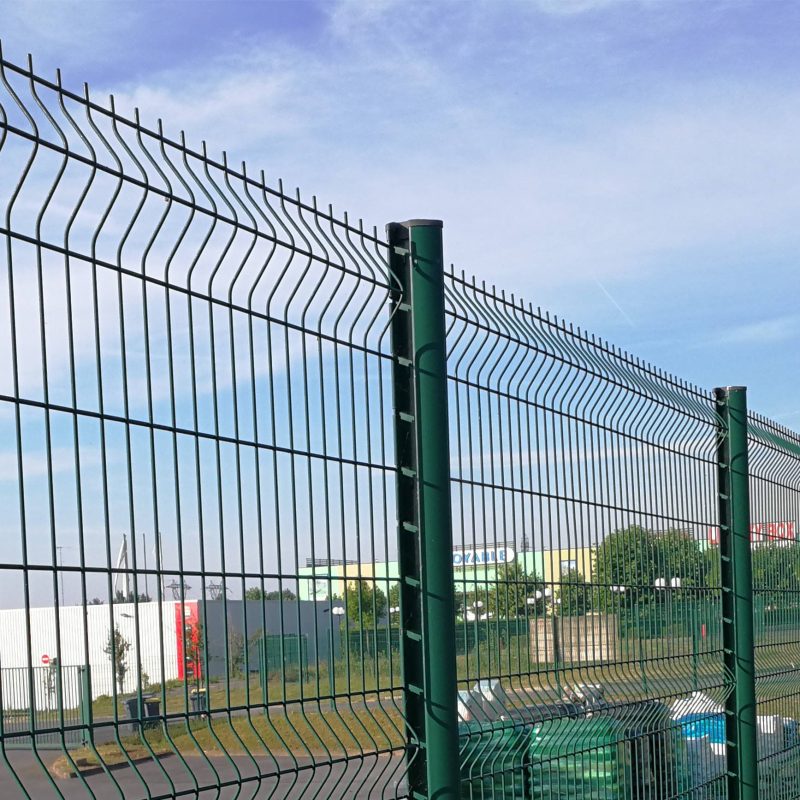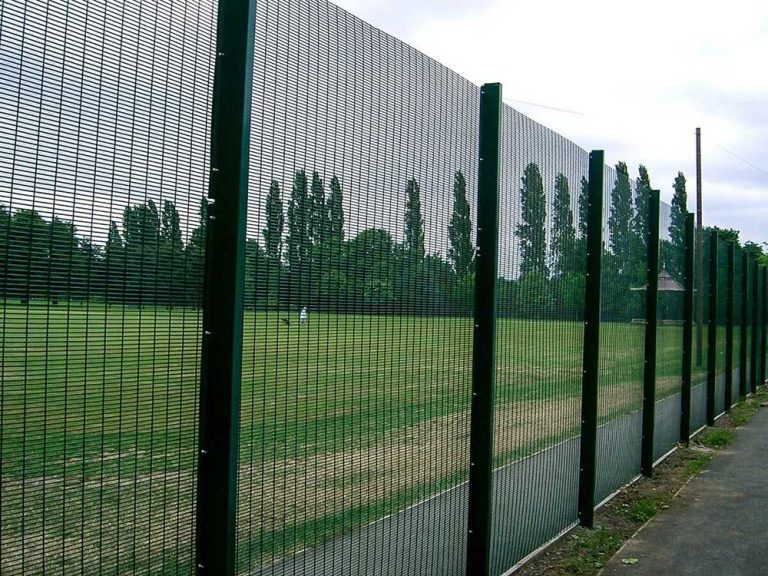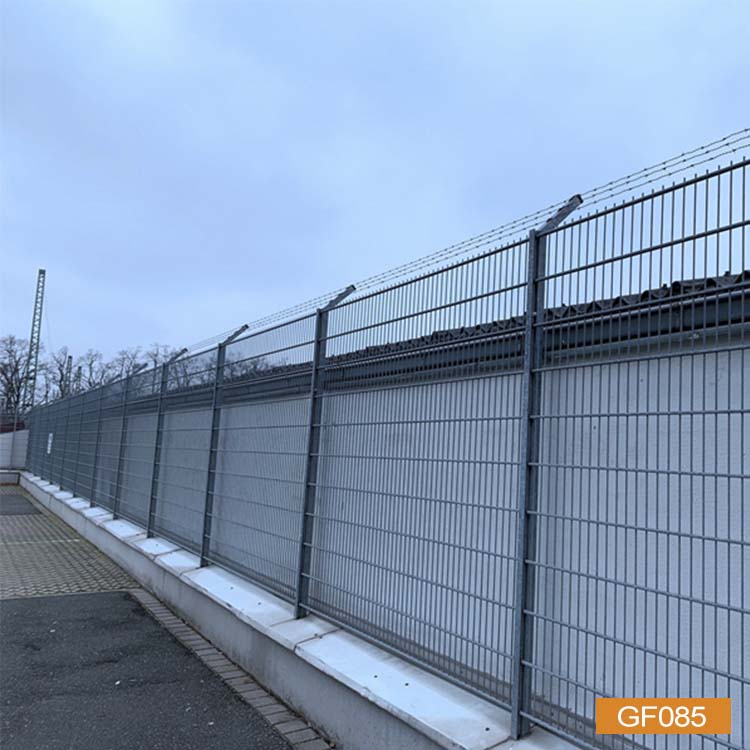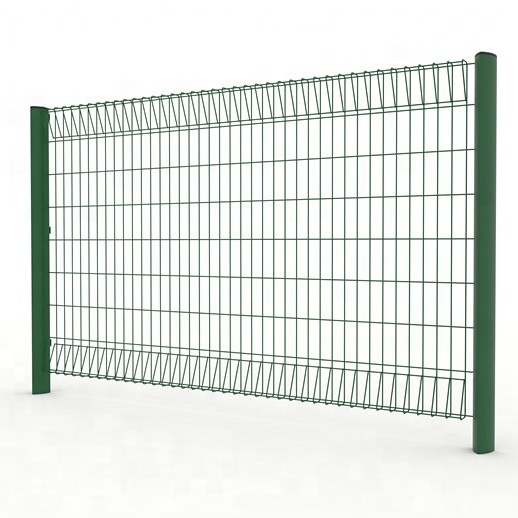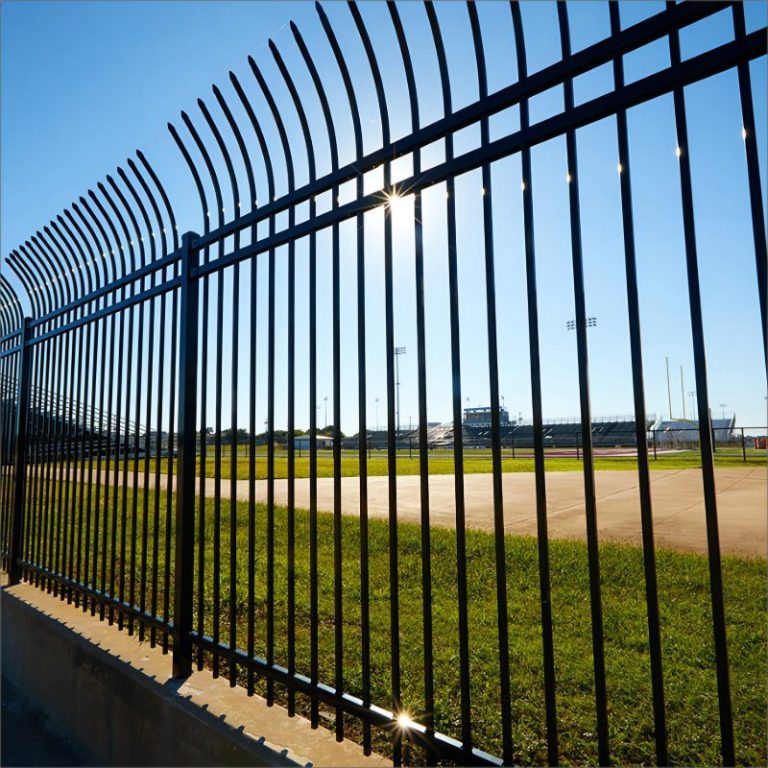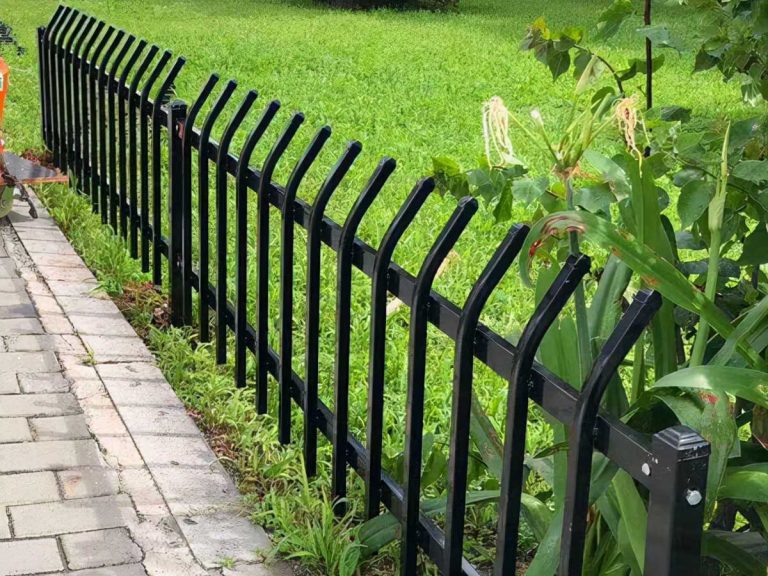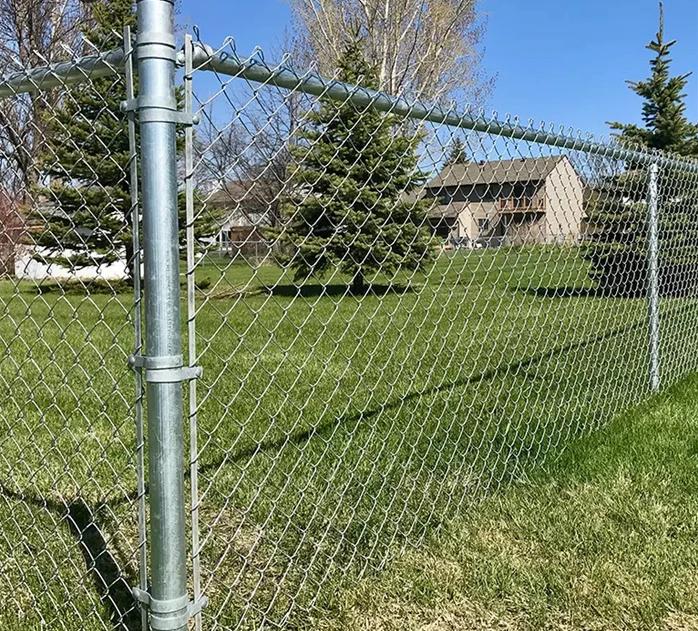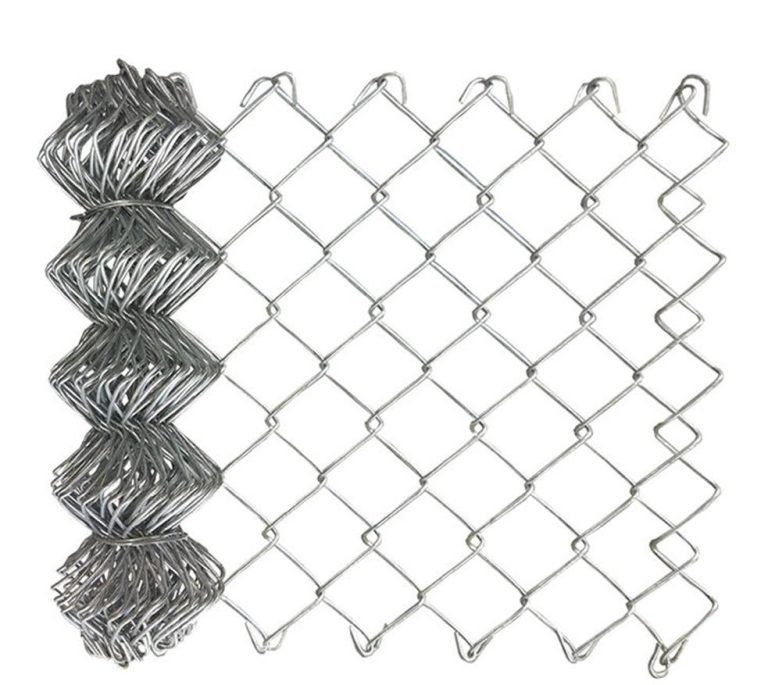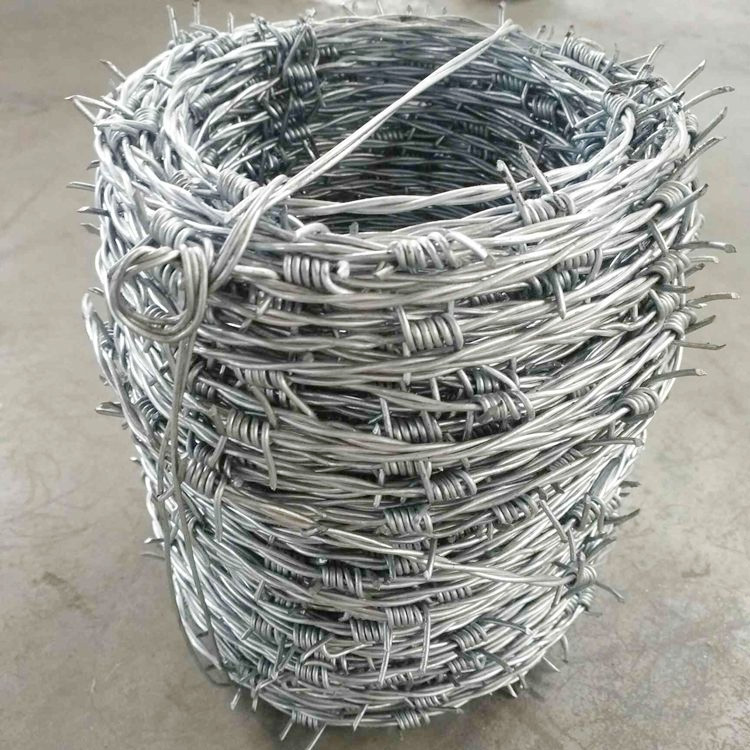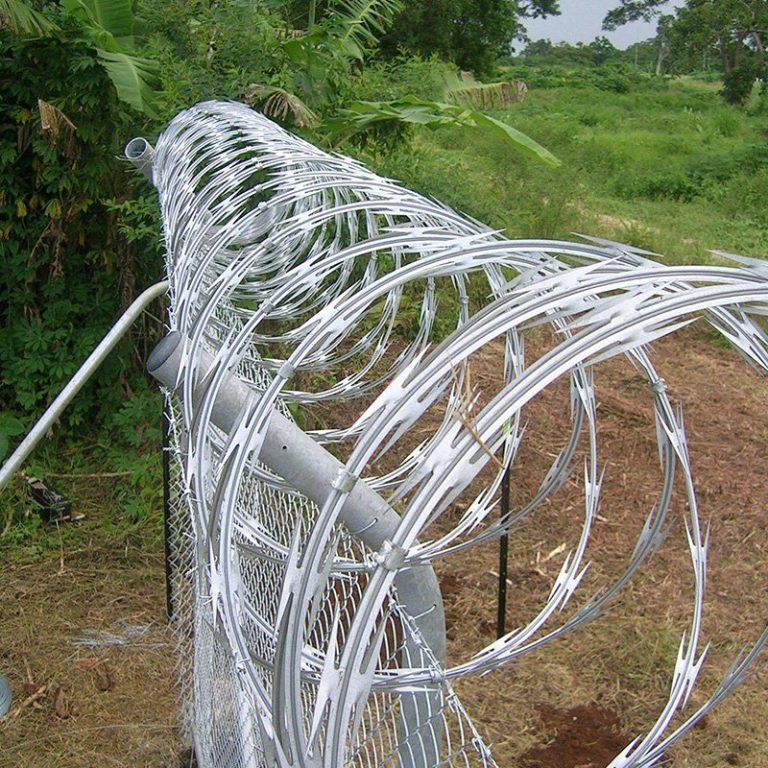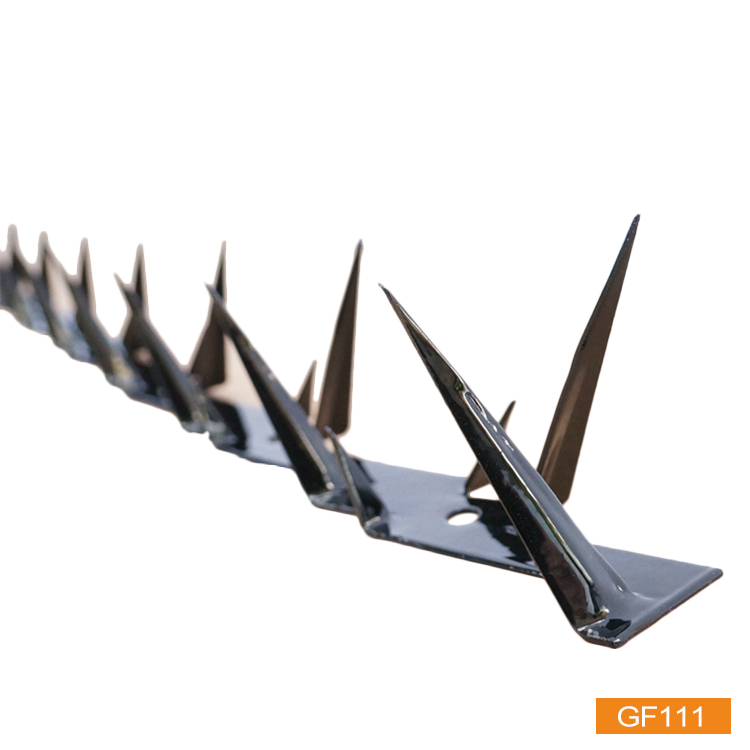Construction sites are dynamic places that are full of heavy machinery, raw materials, and continuing action. Amidst all that chaos, a temporary fencing installation stands as the silent yet important guardian to make sure safety is ensured, along with security and regulatory compliance. This blog provides insight into some critical roles played by temporary fencing in construction projects and highlights multifaceted benefits and practical applications.
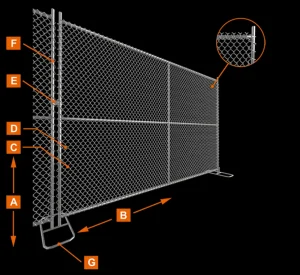
Enhancing Safety on Construction Sites
Physical Barrier Against Unauthorized Access
Temporary fencing provides a very strong physical barrier to prevent unauthorized pedestrians, children, or trespassers from accessing any hazardous zones. The accidents most likely to occur at construction sites include those from open excavations, falling building debris, and heavy machinery use. That being said, such clear boundaries minimize accidents that could cause injury to the public and construction workers.
Containment of On-Site Hazards

From unstable structures to exposed electrical systems, construction sites are riddled with hazards. Temporary fencing isolates these hazards, ensuring that debris, tools, or materials do not spill into adjacent areas. This is especially critical in urban settings, where pedestrian traffic and nearby properties would be affected by debris flying about uncontrolled.
Accident Prevention Through Visibility
High-visibility fencing panels are usually complemented with reflective strips or warning signs to raise awareness of the presence of construction zones. This form of demarcation guides workers and visitors away from high-risk areas, such as crane operation zones or unstable ground, minimizing workplace accidents.
Security and Theft Deterrence
Protection of Valuable Assets
The best target for theft would be construction sites, as they house very expensive equipment, machines, and materials. Temporary fencing makes the access to equipment or resource theft a little more difficult for intruders. For instance, welded wire or chain-link fences are hard to cut through and provide strong protection against unauthorized entry.
Controlled Access Points

Gates that are part of temporary fencing systems enable the project manager to control site admissions. In doing so, a company can reduce the potential for vandalism, sabotage, and/or the accidental tampering with work in progress. In this kind of controlled environment, only trained persons interact with hazardous materials or machinery.
Compliance with Legal and Regulatory Standards
Meeting Local Regulations
Many jurisdictions mandate the use of temporary fencing to comply with safety and zoning laws. For example, height requirements (often 6–8 feet) ensure that barriers prevent climbing, while secure gates must meet state-approved standards. Non-compliance can result in fines, project delays, or legal liabilities.
Mitigating Liability Risks
Temporary fencing also minimizes the chances of third-party injuries by clearly indicating the construction boundary. In case any accident happens outside the fenced area, companies can prove due diligence in hazard containment and avoid costly lawsuits or insurance claims.
Types of Temporary Fencing Solutions
Common Options for Construction Sites
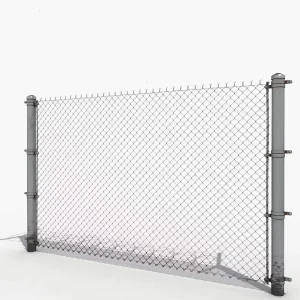
- Chain-Link Fencing:Durable and versatile, chain-link fences are ideal for long-term projects. Their interlocking metal wires provide strength and visibility, hence becoming a common choice for securing perimeters.
- Welded Wire Panels: These galvanized steel panels resist weathering and tampering, offering a balance of security and affordability.
- Hoarding Fences:Hoarding fences are solid panels of metal or wood that offer privacy and branding opportunities. They are widely used in cities to block the view of construction activities from the public.
- Water-Filled Barriers: Light, yet stable when filled, these plastic barriers are ideal for traffic deviation or debris containment in high-wind areas.
How to Choose the Right Fence for Your Project

The type of fencing depends on the duration of the project, nature of the site, and local regulations. For uneven ground, mesh or welded wire panels can be adjusted for stability; high-security sites require anti-climb designs. Consulting with the experts in fencing ensures compliance and functionality.
Other Advantages of Temporary Fencing
Streamlining Traffic and Pedestrian Flow
In busy urban areas, temporary fencing creates safe detours for pedestrians and vehicles, minimizing disruption in traffic patterns. Fences can also carry clear signage that directs flow and warns passersby about the possible hazard, making navigation around the site easier.
Environmental and Dust Control
Fencing keeps dust, noise, and other forms of debris generated during construction contained. Particular barriers are designed with debris netting, which can prevent pollutants from affecting neighboring ecosystems or communities.
Improving Professionalism and Branding
Customizable fences allow companies to display logos, project details, or safety messages. This not only reinforces brand visibility but also communicates professionalism to clients and the public. For instance, hoarding fences often double as advertising spaces, turning functional barriers into marketing tools.
JiaHui’s Temporary Fencing Solutions
Temporarily, fencing around the construction site is very important for reasons of safety, security, and regulatory compliance. AnPing JiaHui Wire Mesh Co., LTD offers a wide range of fencing products to meet just these needs. Whether one is securing a construction zone with durable chain-link fencing or enhancing site security with heavy-duty welded wire mesh, JiaHui’s range of fencing solutions protects workers, assets, and the public.

358 anti-climb fence, or welded wire mesh, is a very secure product for high-risk sites with its tight mesh and tamper-resistant design. Chain link fencing by JiaHui is widely recognized for its strength and flexibility; it serves as a very reliable barrier against unauthorized access and theft. Both options boast portability, ease of installation, and compliance with local regulations, hence making them ideal for short-term use.
In the process, temporary fencing from JiaHui offers custom features such as privacy screens and anti-climb designs to meet each project’s needs. From urban development to large infrastructure projects, JiaHui ensures your site stays secure, compliant, and well-managed.
Conclusion
Temporary fencing is more than just a box to be ticked off; it’s a cornerstone when it comes to responsible management in construction. The protection of life and property, adhering to the law-the benefits trickle into each facet of a project. As construction practices continue to evolve, the integration of adaptable, high-quality fencing solutions will remain key in achieving operational efficiency and community trust.
To contractors and project managers, investing in the right temporary fencing is not an afterthought; rather, it forms a strategic move underlining the commitment to safety, security, and excellence. By giving these systems priority, the construction sites become well-organized, hazard-free zones in which progress flourishes unfettered.

